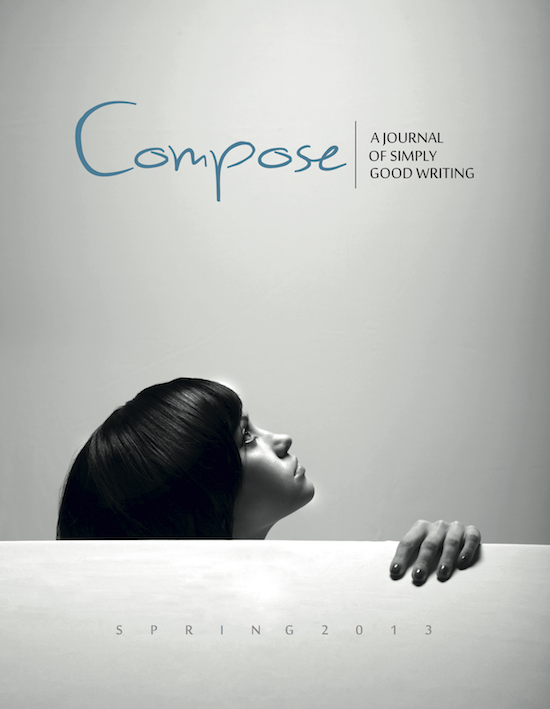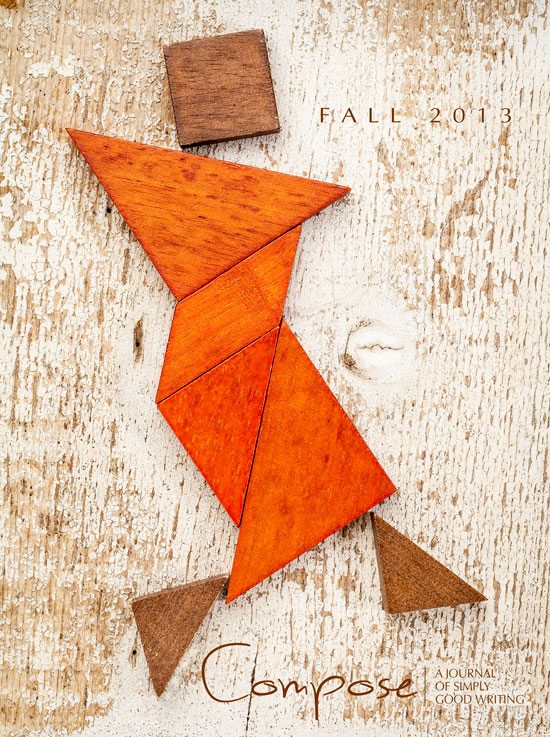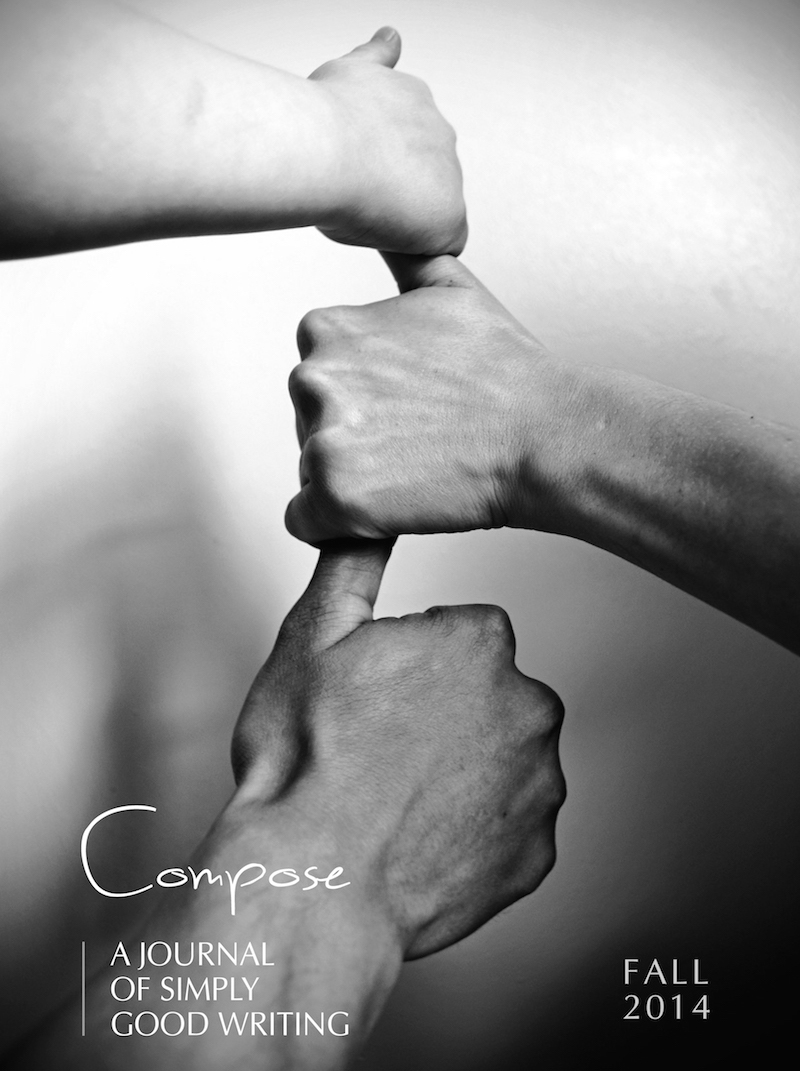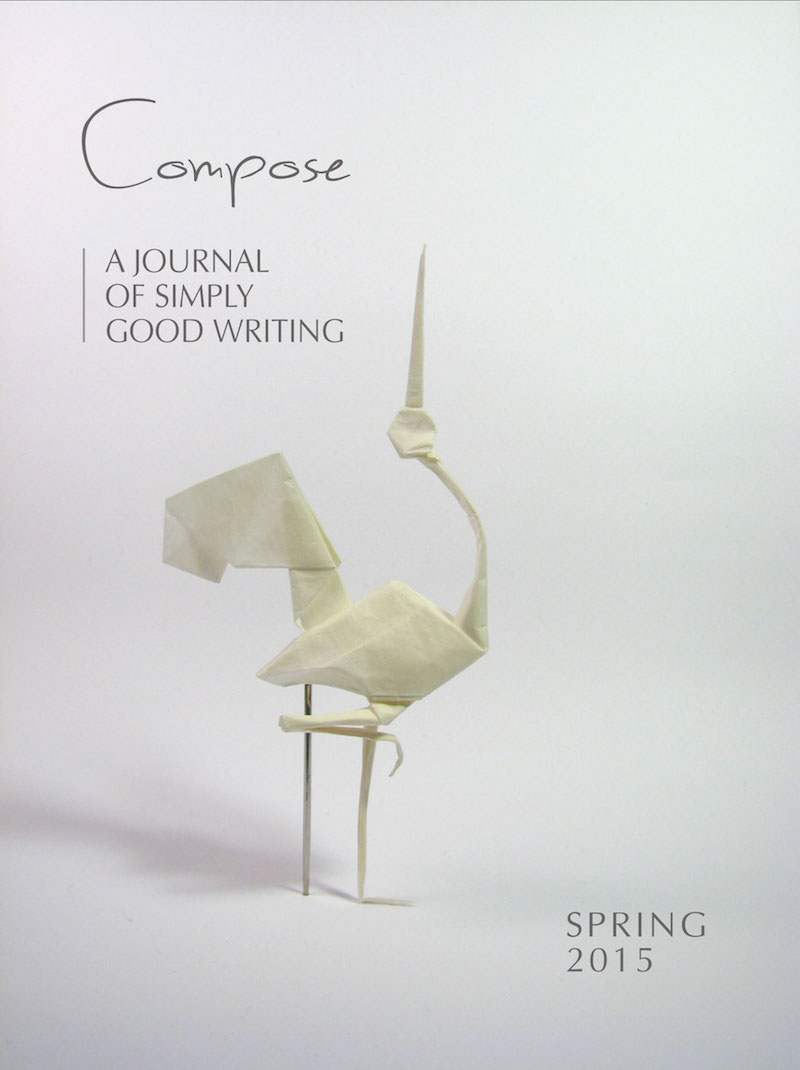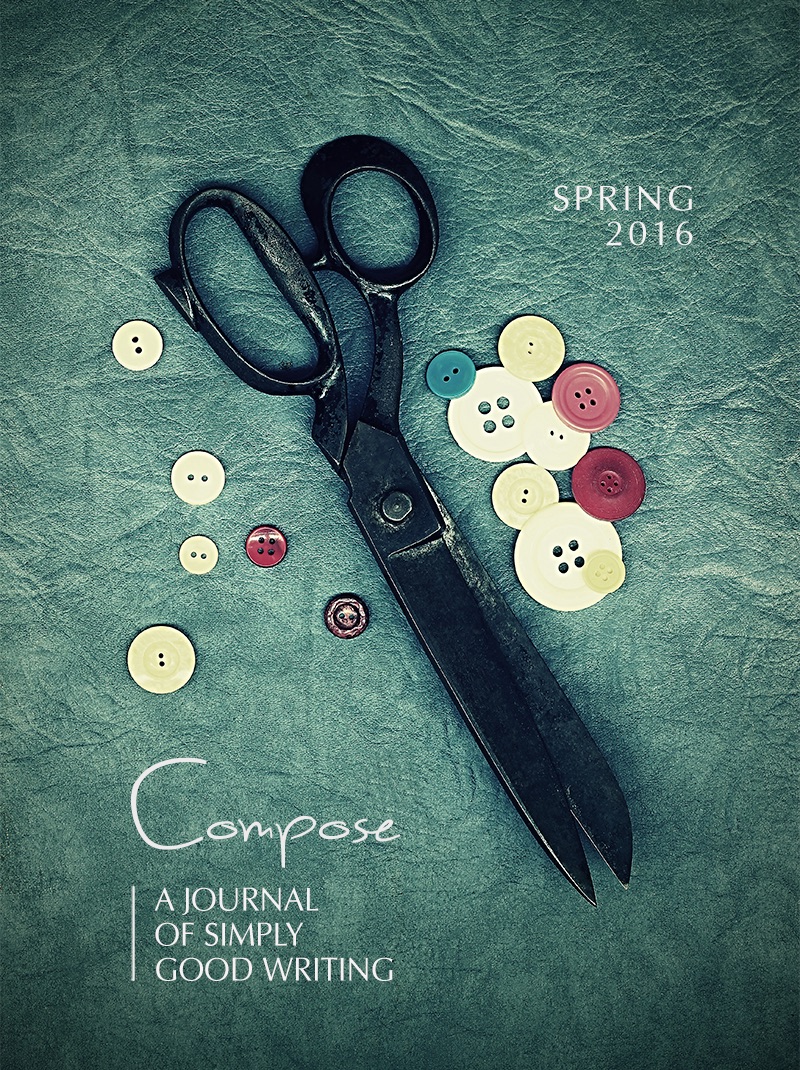Writing What You Don’t Know

I consider myself an autobiographical fiction writer. My protagonists tend to be middle-aged white women, like me. They grapple with subjects close to my own experience, such as the challenges of teaching a fiction class in Manhattan. Or struggling in a relationship with a mother when anger gets in the way. I’ve found power in writing about what I know, because I have something to say about it. The well does not run dry. Usually.
But when I began work on my new novel, I found myself stymied. Specifically, I needed my protagonist to fall in love, but no candidates came to mind. I’d been successful with my romantic hero in The Fiction Class, but didn’t want to restrict my literary career to women loving unreliable, charming men. I needed to find someone else, someone different, for my protagonist to fall in love with, and for me to fall in love with too, because that’s how it seems to work. So I wandered the streets of New York, considering likely prospects. I found a bunch of glossy, good-looking men in suits, but I needed someone who came with a story. If I was going to spend 300 pages with this man, he had to be interesting.
Then, I needed to have surgery. It was fine, it all came out right, but before I went under I happened to look up at the anesthesiologist, an attractive Indian man with an authoritative demeanor, and I thought, Hmm. He would work. Then I became unconscious. When I came to, the image of what this man looked like stayed in my mind, preoccupying me, and I thought, All right, all I have to do is transfer this man into my novel. How difficult can it be to create an Indian character?
Three years later, I can answer that question: It’s complicated.
The size of the challenge became clear the moment I had to pick the character’s name. If I were writing about an American man, I would know intuitively that naming someone Burt would conjure up a very different image in the reader’s mind than if I’d named him Sydney. I would understand the nuances of class and region associated with the name. But with an Indian man, I was stuck. Of course, the simple thing would have been to ask an Indian friend to give me a good name, but I worried if I delegated too much to friends, I’d lose control of the character. I wanted to figure it out myself.
Where to begin?
I turned to novels, because I believe that people are never so truthful as when they write fiction. (No disrespect meant to memoir writers, whom I love, for other reasons.) So I went to the library and began reading through novels written by Indian men. There were the big names, of course: Salman Rushdie and Amitav Ghosh and Vikram Seth. But I stumbled on many more obscure ones too. As I read, I began to get a sense of some of the issues an Indian man might be thinking about: family, honor, caste, community. Reading fiction gave me a vocabulary. I decided my character would be from northwestern India. Men from the Punjab state were often referred to as the New Yorkers of India: strong, aggressive, arrogant. As a New Yorker myself, I felt I could relate.
Then, I began reading histories of India. I wanted to get a sense of what my character would know, in a very basic sense. For example, I know George Washington was our first President. What might Kamal know (because I had decided to name my character Kamal Kapur) that would be so basic he wouldn’t even need to think about it? He would know about the Taj Mahal, and he would probably know that it was built around the same time as the Pilgrims stumbled upon Plymouth Rock. This would be a source of pride to him. He might even boast about it, a bit, in conversation with my protagonist, Tilda Banks, a white, middle-aged memoir coach. (All right, I didn’t move too far away from home with that character.).
Then I decided to tackle language. Kamal is fluent in English; although born in India, he lives and works in Hempstead, New York. Yet, I felt sure he’d have been exposed, as a child, to Hindi. Happily, Rosetta Stone was having a sale on its Hindi lessons. (Had they been having a sale on Marathi, he might have spoken that.) I didn’t expect to become fluent, and, in fact, after two years of concentrated study, the only thing I can say in Hindi, with anything like authority is, “I have a red dog.” Mere khota lal hai. But I was curious about the patterns of Kamal’s speech. Someone who grew up speaking Hindi would shape his sentences in a particular way, I thought. In fact, sentences in Hindi are structured in a subject-object-verb way. So, what in English might be, “I need money,” would become in Hindi, “I money need.” When angry or upset, Kamal reverts to that way of speaking.
By this point, I was beginning to get a real sense of who Kamal was. I really wanted to go to India, and hope to do that soon, but meanwhile, I discovered something else exciting: Bollywood. Movies tell a lot about what a culture values. Think of all those independent cowboys in American movies. Watching Bollywood gave me a richer sense of how an Indian man might see the world. How might he act on a date? How would he move? What gestures would he use? What sort of man is considered handsome?
The final big issue I threw myself into was religion and here I stuck to something I knew. I made him Christian. I did consider, for a few moments, making him Hindu, but thought that if on top of everything else, I had to study the Hindu religion, I wouldn’t be done writing this book for a decade. Also I wanted to explore the ways being a Christian affected him, as an Indian. I’ve always been curious about missionaries, which is how Kamal comes to be the son of one.
So, here he is: Kamal Kapur, born in 1970, in Ludhiana, which is the Punjab region of India. Son of a father who died young of a heart attack and a woman who went on to become a missionary. A lithe, good-looking man with the dimples of Bollywood star Shahrukh Khan. A little vain. Serious about his hair. A man who enjoys people and works in investor relations, who could have been a doctor but devoted himself to his daughter instead. And yes, dear reader, I love him.


